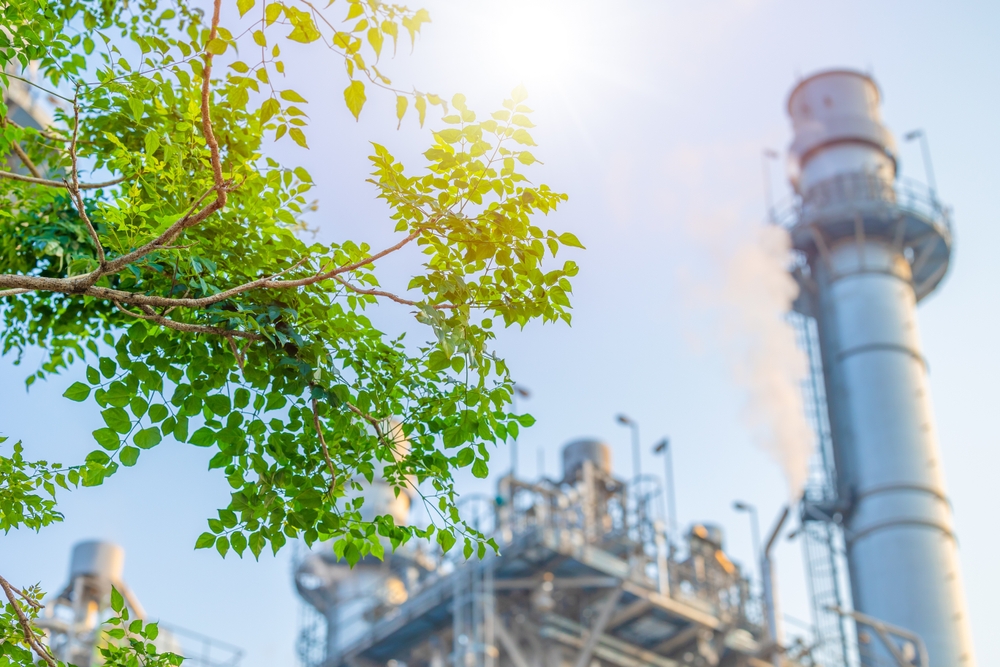Australia could become the “global epicentre” for low-carbon iron and steel, sparked by $200 million to future-proof regional steelworks.
Cleaning up one of the most emissions-intensive industries, the first round of spending under the federal Powering the Regions Fund will support BlueScope Steel in NSW and Liberty Steel at Whyalla, South Australia.
“Regions like the Illawarra and Whyalla have been industrial powerhouses for generations … and we want to see this continue,” Energy and Climate Minister Chris Bowen said on Wednesday at the Port Kembla steelworks.
BlueScope has been awarded $136.8 million to reline and upgrade its No.6 Blast Furnace at Port Kembla, while maintaining domestic production, and will employ approximately 250 additional workers on site for the project.
The Port Kembla steelworks underpins the nation’s sovereign capability in construction, energy, infrastructure and defence.
BlueScope’s head of Australian steel products Tania Archibald said the grant would help to secure ongoing iron and steelmaking and job security in the Illawarra, and was an “essential bridge” for getting to net zero by 2050.
Liberty has been allocated $63.2 million towards the purchase and commission of a low-carbon electric arc furnace to replace the existing traditional blast furnace at the Whyalla Steelworks.
For Liberty, owned by metals tycoon Sanjeev Gupta’s GFG Alliance, the shift to green iron and steel will increase its workforce by almost a quarter over five years and allow steelworkers to remain in the industry.
“Whyalla will be the global epicentre for manufacturing low-carbon iron and steel,” Mr Gupta told AAP.
It has all the elements required to dominate the green steel industry, including vast reserves of high quality magnetite, renewable energy, a deep sea port, a robust workforce and supportive governments, he said.
Mr Gupta said phasing out increasingly obsolete equipment and embracing sustainable technology means steel production in Whyalla will continue throughout the 21st century.
Locally produced green hydrogen is also central to GFG Alliance’s ambitions to drive emissions down to near zero.
Mr Bowen said total steel demand for the energy transformation to 2050 would be almost five billion tonnes.
“We want to make sure products vital to our economic future like green steel are made in Australia, but this will require innovation and new ways of processing iron ore that decarbonise our steel industry,” he said.
These grants are the first to be delivered under a program that supports high-polluting sectors to reduce emissions.
Steel is vital for electricity transmission, wind towers, solar farms, the construction of energy-efficient buildings and housing and rail infrastructure.
“Clean, green Aussie made steel is the way of the future,” Minister for Industry Ed Husic said.
“Our economy needs it and it will sustain and create great jobs in our regions.”
But Blair Palese, founder of the Climate Capital Forum of investors, said more ambitious incentives were needed to ensure Australia was speeding up industrial transformation.
She said supporting BlueScope to lock in high-emissions blast furnace technology for the next 20 years was “short-sighted and a massive missed opportunity”.
Some $200 million in federal funding has also been set aside for changes to the emissions-intensive cement and lime and alumina and aluminium sectors, with recipients to be announced in the coming months.
Marion Rae
(Australian Associated Press)





